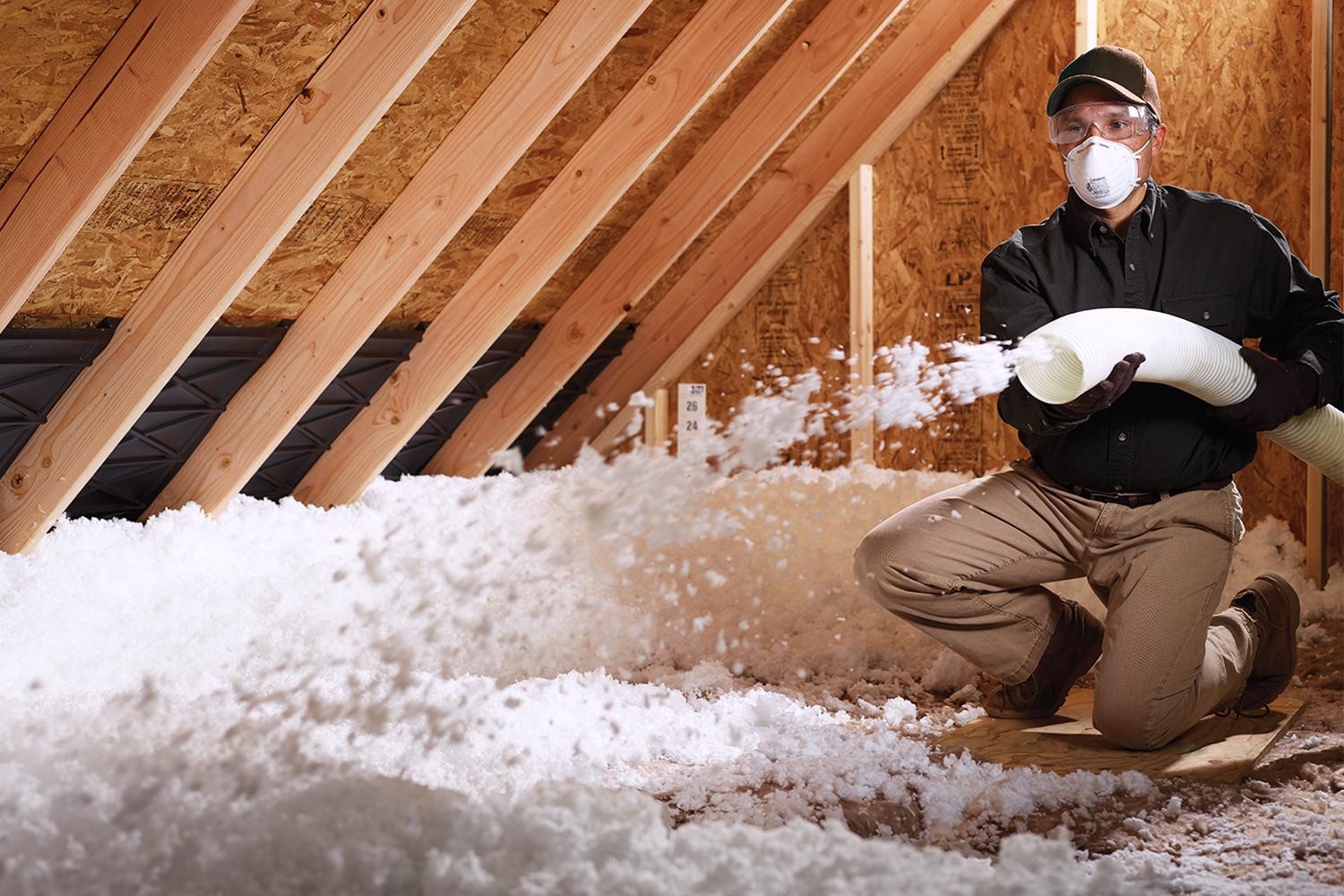Mold Remediation Guidelines
Concern about indoor exposure to mold has been increasing as the public becomes aware that exposure to mold can cause a variety of health effects and symptoms, including allergic reactions. This document presents guidelines for the remediation/cleanup of mold and moisture problems in facilities at NC State University including measures designed to protect the health of building occupants and remediators.
Mold can be found almost anywhere; it can grow on virtually any organic substance, as long as moisture and oxygen are present. There is mold that can grow on wood, paper, carpet, foods, and insulation. When excessive moisture accumulates in buildings or on building materials, mold growth will often occur, particularly if the moisture problem remains undiscovered or unaddressed. It is impossible to eliminate all mold and mold spores in the indoor environment. However, mold growth can be controlled indoors by controlling moisture indoors. Request an Indoor Air Quality assessment.
Since mold requires water to grow, it is important to prevent moisture problems in buildings. Moisture problems can have many causes, including uncontrolled humidity.
Benefits Of Professional Mould Removal
Comprehensive Inspection And Removal
Professionally removed mold includes a comprehensive property inspection.
Provide A Long-Term Solution To Mould
Using effective chemicals and processes, professionals provide long-term solutions to mold infestations.
Expertise And Knowledge
Mold removal professionals have the knowledge and expertise to identify and eradicate all types of mold and prevent it from returning.
Safe And Efficient
Professionals use proper equipment, chemicals, and processes to safely and efficiently remove dangerous mold.
Health Reasons
Mold spores can cause or exacerbate respiratory problems. Professional mold removal protects people’s health.


